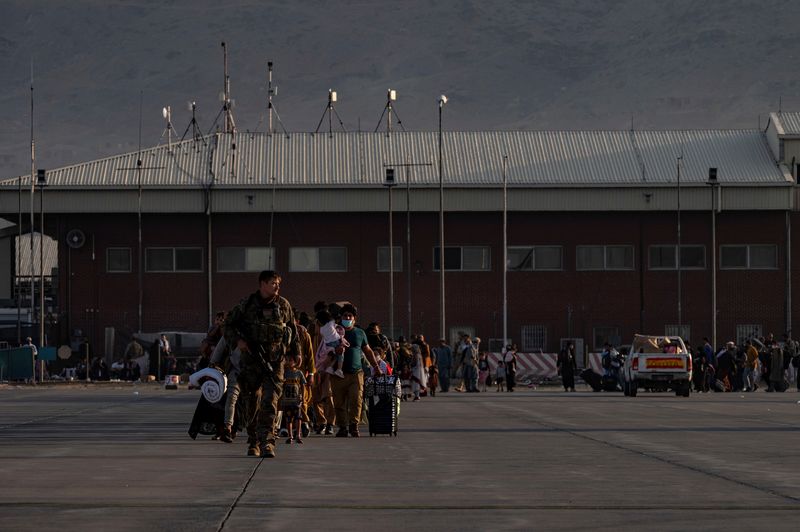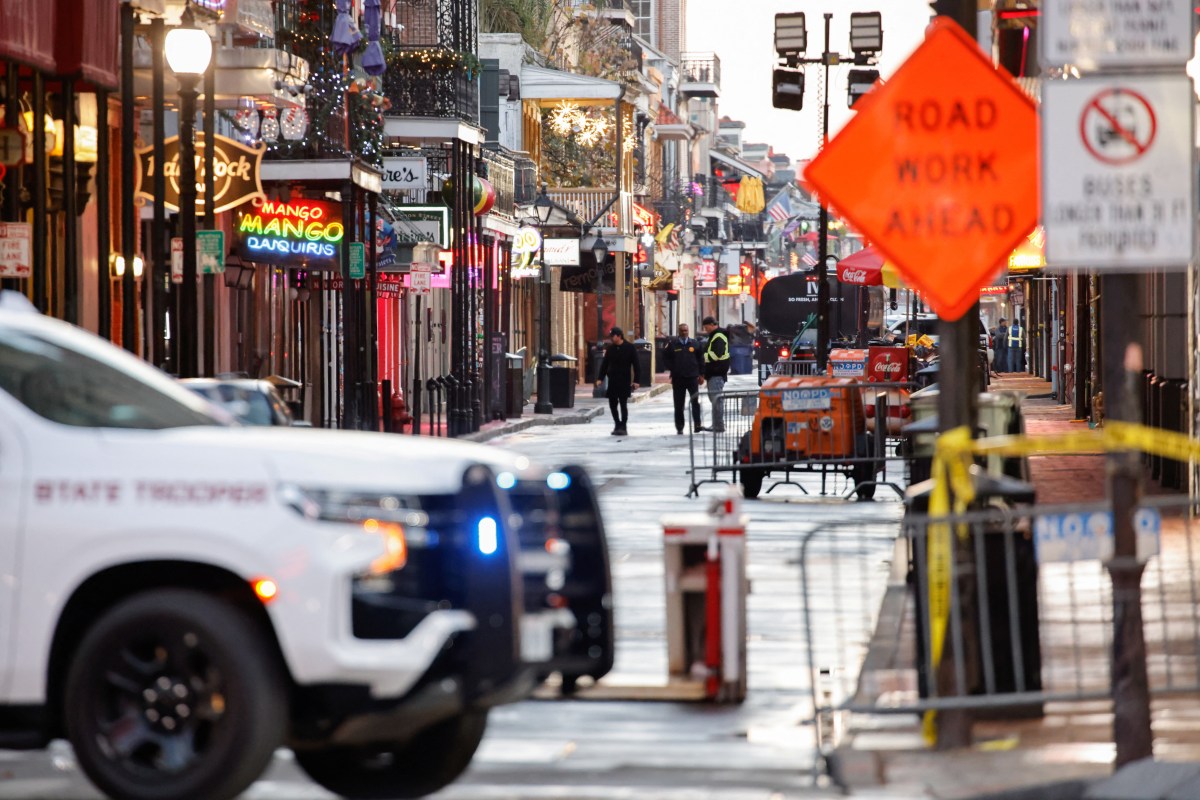LOS ANGELES (Reuters) – Several dozen schoolchildren and adult relatives, all Afghan refugees newly resettled in California, ended up stranded in Afghanistan after traveling back to their homeland over the summer to visit loved ones, San Diego-area school officials said on Wednesday.
Six families consisting of about 16 adults and 24 students from the Cajon Valley Union School District in the San Diego suburb of El Cajon were among thousands clamoring to leave Afghanistan amid the Taliban takeover as U.S. troops began pulling out, according to district officials.
Michael Serban, head of the district’s Family & Community Engagement (FACE) program for immigrant students, said one of the six stranded families – comprising four students, a 2-year-old child and two adults – had since made it out and returned safely to El Cajon.
The fate of the five other families was not immediately known, he said.
Serban and district spokesman Howard Shen said school officials were working with two members of California’s U.S. congressional delegation – Representative Darrell Issa and Senator Alex Padilla – to contact the missing families and get them back to the United States.
“We don’t have any operational details,” Serban told Reuters. “For the safety of the families, they just let us know they’re working on it.”
In 10 days since the Taliban took control of Afghanistan, the United States and its allies have mounted one of the biggest air evacuations ever, bringing out more than 88,000 people. The operation is due to end next Tuesday, but is expected to shift its focus in the final two days to military personnel from civilians.
Cajon Valley school officials became aware of their students’ plight when one family visiting Afghanistan contacted a FACE community liaison officer on Aug. 16 to report difficulties it faced making it back to California in time for the first day of classes on Aug. 17.
As the situation in Kabul deteriorated, school district officials learned through local contacts and social media that five more families were likewise stuck in Afghanistan, most in the Afghan capital, and needed help getting out, Serban said.
All six families are part of a larger community of refugees from Afghanistan who settled in El Cajon in recent years, including a few hundred young Afghan immigrants among the 17,000 students enrolled in Cajon Valley schools, Serban said.
A large portion of the school district’s student body also consists of immigrants from Iraq, Syria and various Latin American countries – a major factor in the establishment of the district’s FACE program, he said.
Serban said it was not unusual for members of those communities, including Afghan immigrants, to venture back to their homelands “when they feel it’s safe to go” for summer vacations with family still living in their native countries.
School officials worry that an untold number of other vacationing Afghan-American immigrants may have found themselves stranded in Kabul without a school-based community liaison or anyone else they feel they can trust in the United States to reach out to for help.
(Reporting by Steve Gorman in Los Angeles; Editing by Peter Cooney)
























